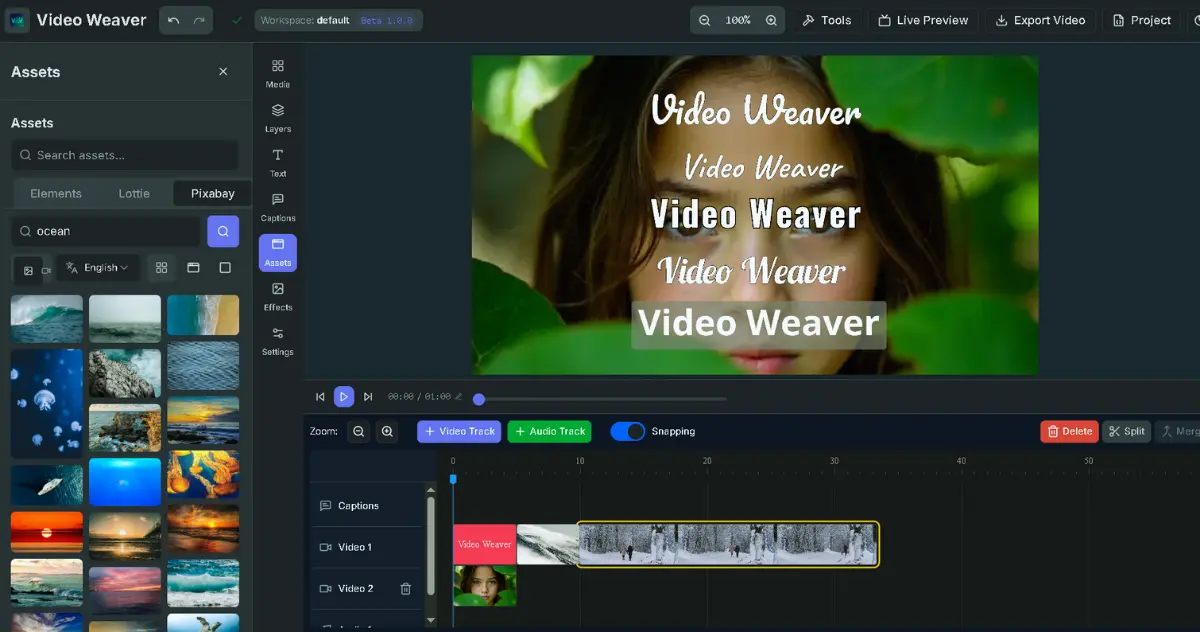OpenAI’s Open-Weight Model Delayed? Sam Altman Says Don't Worry, This Summer Surprise Is Worth the Wait!
OpenAI CEO Sam Altman unexpectedly announced a delay in the release of the much-anticipated open-weight model. Is this bad news—or is OpenAI quietly preparing a market-disrupting secret weapon? This article explores the true meaning behind this “strategic delay.”
The long-awaited open-weight model from OpenAI will have to wait a little longer.
Just as the AI community was abuzz with speculation about what OpenAI might unveil in June to counter the open-source pushes by Meta and Google, a tweet from CEO Sam Altman stirred the pot once more.
Let’s be honest—reading the word “delay” probably made your heart sink a bit. But if you read Altman’s message closely, you might realize this isn’t necessarily bad news—it could actually be a thrilling teaser.
What Happened? A Tweet That Sparked Endless Speculation
Here’s what Altman actually said.
In his tweet, he mentioned that OpenAI needs more time to prepare its open-weight model, and that the initially expected June release will be pushed back to “later this summer.”
At first glance, it sounds like a letdown. But the key lies in what he said next.
He explained that the delay was due to some “unexpected and very surprising” results from their R&D team. He emphasized that the new developments are “very worth the wait,” though they still need some time to refine.
That statement sent expectations soaring. This isn’t a delay due to problems—it’s a delay because they’ve made a major breakthrough they just have to include.
Is a Delay Really a Bad Thing? Altman Hints It’s a Carefully Prepared Gift
So, is this really bad news? Probably not—quite the opposite.
In the fiercely competitive world of AI, every product launch is a battle for market position. If the delay was due to a minor issue, OpenAI wouldn’t have postponed an entire release. Altman openly sharing the reason—and citing “surprising” progress—sounds more like a confident declaration than damage control.
It’s like booking a private dinner with a top chef, only to be told that they found a rare, magical ingredient and want to upgrade your entire meal. Would you be disappointed? Probably not. You’d be even more excited.
That’s exactly what OpenAI is doing. They’re willing to risk short-term community frustration to deliver something truly exceptional—an “open-source feast” like nothing we’ve seen before.
Wait, What Exactly Is an Open-Weight Model?
You’ve heard the term a lot, but let’s break it down.
Most of us interact with ChatGPT via APIs—basically, we use the model without ever seeing or modifying its inner workings. It’s like ordering from a restaurant menu: you get what’s served.
An open-weight model, on the other hand, gives you the recipe and the ingredients. You can:
- Download the model – Deploy it on your own servers.
- Fine-tune it freely – Customize it for your specific business or application needs.
- Use it offline – Forget about connectivity issues or API costs.
Models like Meta’s Llama series and those from French startup Mistral AI are great examples. They give developers and researchers more freedom and have sparked a diverse, thriving open-source AI ecosystem.
Why Would a Traditionally “Closed” Company Suddenly Go Open?
Now that’s an interesting question. OpenAI has long been known for its “closed” model, focusing on powerful but proprietary API services. So why jump on the open-weight bandwagon now?
Simple: pressure and opportunity.
On one hand, competition from Meta, Mistral, Google, and others is heating up. These companies have used open-source strategies to quickly build massive developer communities. If OpenAI doesn’t join the game, it risks losing relevance with this crucial audience.
On the other hand, this is a huge opportunity. By releasing a top-performing open-weight model, OpenAI can meet community expectations and reaffirm its technical leadership—proving that even in open source, it’s still the best.
What Does This Delay Actually Mean for Us?
For AI enthusiasts and developers, this delay might actually be great news.
- Higher Quality Guaranteed – Altman’s tone suggests this isn’t just “an open model”—it’s the open model. OpenAI may be aiming to beat all competitors in performance, efficiency, or specific capabilities.
- Healthy Competition = Better Products – With more giants entering the open-source race, we, the users, win. Models will get better, faster, and more accessible.
- Endless Speculation – What exactly are these “surprising results”? A leap in model efficiency? A new multimodal capability? The community is buzzing, and the mystery only adds to the excitement.
In Conclusion: This Summer Is Shaping Up to Be Big for AI
All in all, Altman’s tweet wasn’t just a delay announcement—it was a masterclass in hype-building. He managed to turn potentially bad news into one of the most anticipated AI events of the year.
Instead of cooling the excitement, the delay has only increased curiosity. OpenAI’s first open-weight model could end up exceeding all expectations.
If you’re curious about the future of AI, this summer is definitely the time to stay tuned. Let’s see what kind of surprise OpenAI is cooking up for us.




